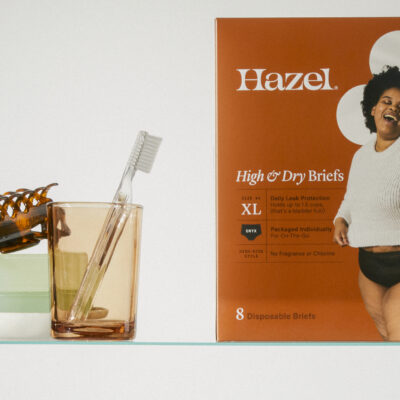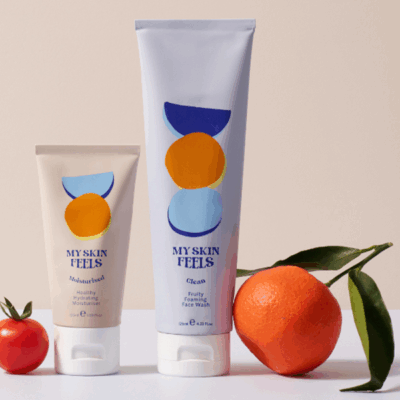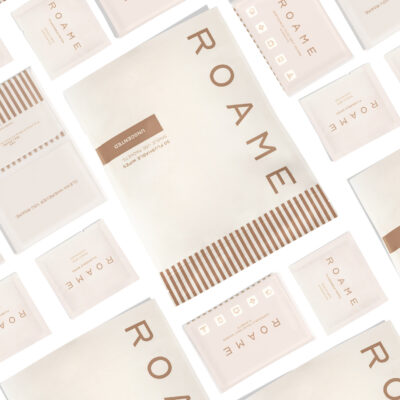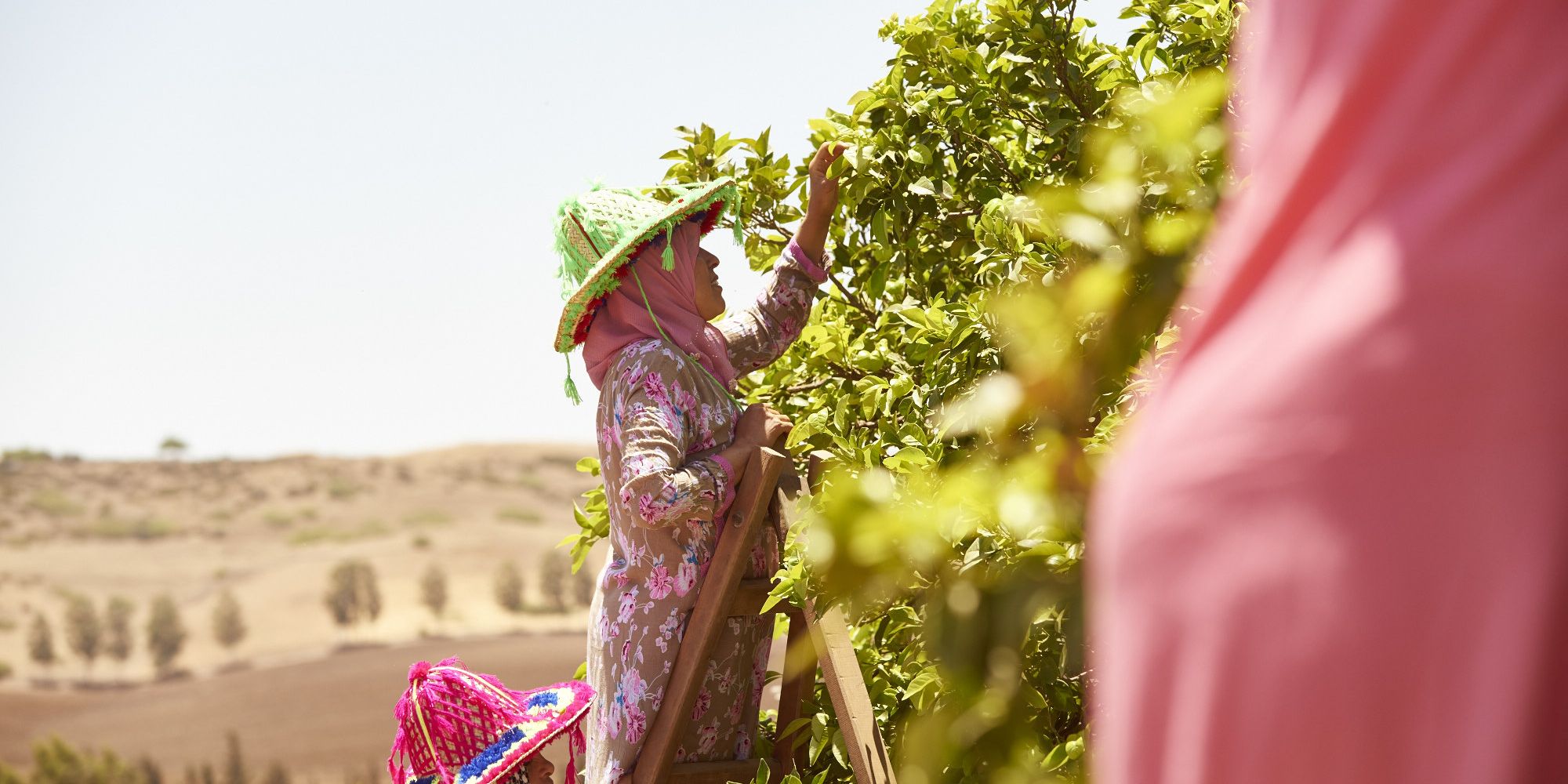
Sana Jardin Tests The Business Impact Of Being Driven By A Social Mission
Can providing economic opportunity persuade consumers to purchase perfume?
That’s the question Sana Jardin is attempting to answer. The fragrance brand that launched at Harrods Salon De Parfums last August and is slated to enter the new Harvey Nichols in Qatar shortly before heading to Liberty London and Cult Beauty in the summer has a social mission at its core. In a model dubbed Beyond Sustainability, Sana Jardin partnered with the organization Nest to incorporate byproducts of fragrance production in marketable items such as orange blossom water and organic compost to increase the income of women in Morocco harvesting the fragrance ingredients.
“Coming from a non-profit background, I felt the word sustainability really didn’t have meaning anymore. I know that it means engaging in fair-wage practices and leaving a net neutral impact on the environment, but, in 2018, we can do more,” says Amy Christiansen Si-Ahmed, a social worker turned founder and CEO of Sana Jardin. “If we are creative about the way we look at waste in the supply chain, we can enable people to flourish and not just maintain their current lifestyle.”
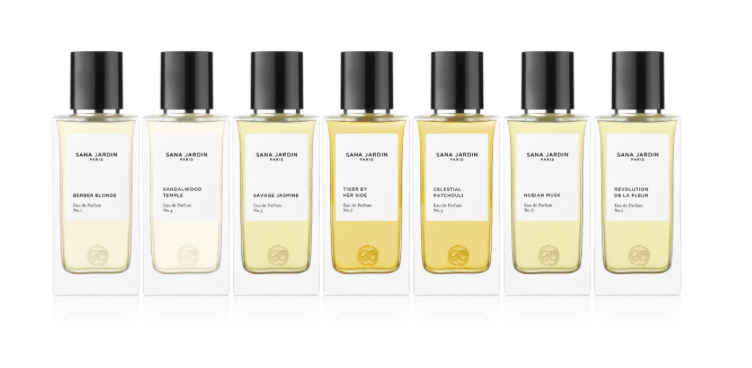
The lifestyles of people in a country that’s often faraway geographically and psychologically for well-heeled customers plunking down big bucks for Sana Jardin’s scents, which are priced at $225 for a 3.4-oz. bottle, matter to the bottom line, according to Si-Ahmed. She estimates about 70% of customers care about the brand’s larger vision, while the product alone resonates with the rest. Rolando Stefanos Zabban, managing director and COO of Sana Jardin, details the effect of the mission on sales varies by region.
“In the Middle East, even though people on the ground tell me that it’s slowly changing, the primary decision factor is what the fragrance smells like,” he says. “When you look at places like Europe and the U.S., you see millennial customers do want to make purpose-driven purchases, and they want to know about not only what goes into the product, but what a brand does behind the scenes to help the community in a meaningful way.”
Sana Jardin can further contribute to the economic engine it’s revving up in Morocco if it furthers revenue growth. This year, the brand is on pace to generate 750,000 pounds or nearly $1.1 million at the current exchange rate. It’s intent on building a robust distribution network of retailers in countries that are hotbeds for the fragrance business. On March 27, Sana Jardin will celebrate its launch in the U.S. with an event at Perfumariē in New York featuring a discussion entitled, “The Intersection of Luxury Fragrance and Social Impact.”
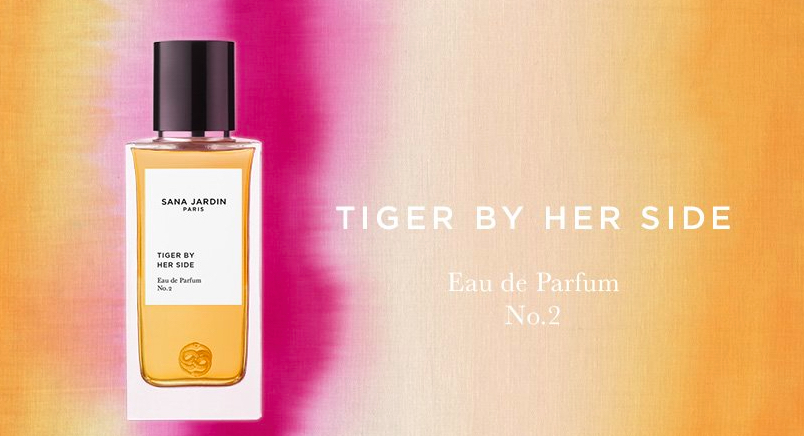
“This is going to be a big year for us,” says Zabban. “What we would like to do is to be able to launch with a big retailer in the U.S., whether it is Barneys, Neiman Marcus or Nordstrom. Then, probably depending on when that happens and what sort of exclusivity we would put in place, we would be looking to work with another specialty chain like a Cos Bar. Cos Bar is modernizing quite nicely.”
Sana Jardin currently sells seven fragrances. Its bestsellers are Berber Blonde, a floral scent spotlighting Moroccan orange blossom, and Revolution De La Fleur, a sultry mix of Madagascan ylang ylang, Moroccan jasmine, frangipani, rose, vanilla and sandalwood. Carlos Benaim, the master perfumer at IFF behind scents from Prada, Yves Saint Laurent and Bulgari, fashioned the fragrances. Their formulas contain 15% to 20% essential oils.
The brand is planning to offer different product formats in response to customer and retailer feedback. It’s developing a 1.7-oz. size that is expected to be priced at $145. A rollerball option and candles are also in the product pipeline.
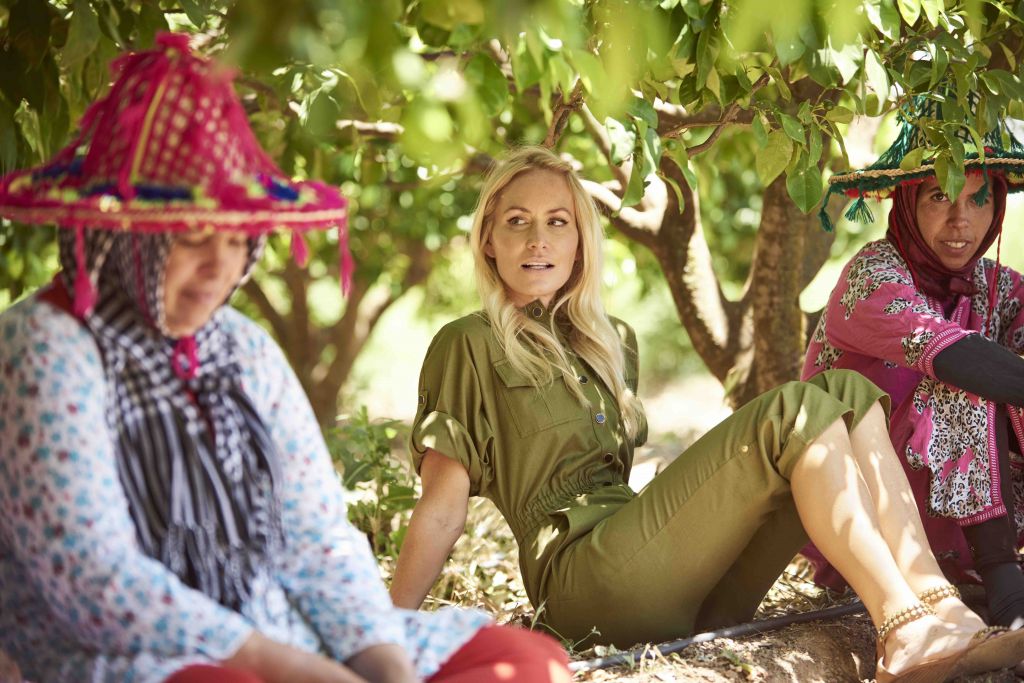
“In my opinion, our price is justified because it’s a luxury product with great ingredients, and there’s a world-renowned perfumer [involved], but it’s an investment to make in a brand that’s unknown,” says Zabban. “What retailers are telling us is that our size and price point is workable, but what would be better is smaller sizes, including more travel-friendly sizes.”
As Sana Jardin learns about the product dimensions that win over shoppers, it’s learning about how to fine-tune its economic program in Morocco, too. Si-Ahmed mentions that a deal is being negotiated with the nation’s agricultural department to bring orange blossom water to grocery stores, a channel that could be a boon to the women participating in the fragrance ingredient harvests. Currently, the orange blossom water is sold at craft fairs.
Si-Ahmed continues that candles, another product that can be crafted from fragrance waste, haven’t been the money maker that orange blossom water has been. The water is used widely in cooking in Morocco, and it could perhaps supply a revenue stream for fragrance ingredient pickers during off-seasons. The fragrance industry doesn’t lead to year-round employment for the women in Morocco harvesting crops that go into scents.
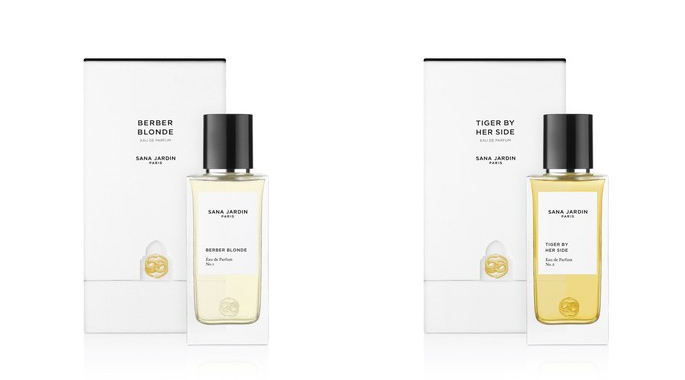
Both in Morocco and in the upscale stores where Sana Jardin is sold, success is critical to demonstrating luxury brands with an imperative beyond profits can thrive. “My hope is that this type of business model can serve as inspiration for other verticals and industries where they can look to their waste product and use it to empower people at the base of the supply chain,” says Si-Ahmed. “At this stage, we are such a tiny operation. There are three of us, and we are focused on the social impact element in Morocco, and sales, distribution, brand building and PR in the U.S., but the big picture is to try to create social change through business whether it’s through Sana Jardin or another company inspired by it.”



